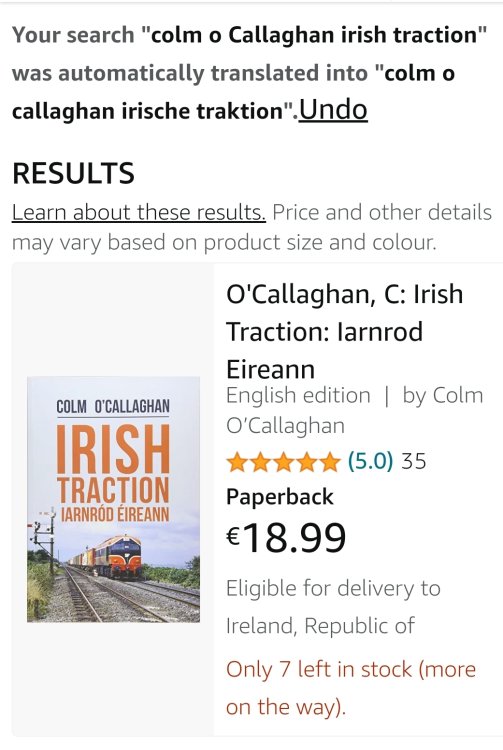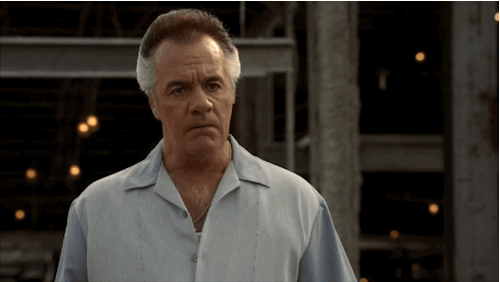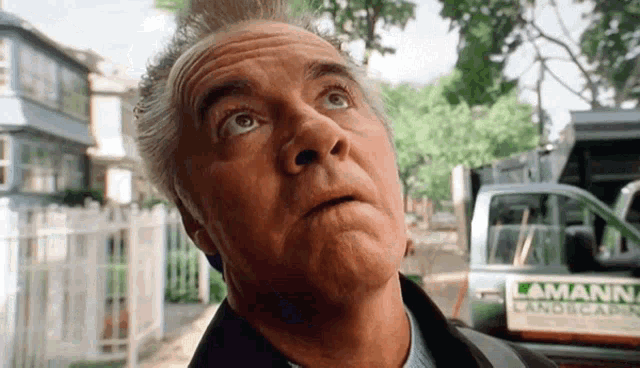-
Posts
865 -
Joined
-
Last visited
-
Days Won
6
Content Type
Profiles
Forums
Resource Library
Events
Gallery
Blogs
Store
Community Map
Posts posted by flange lubricator
-
-
3 hours ago, exciecoachbuilder said:
The coaches I think you are looking at are possibly cafeteria car 2412, full first 1145 and BR MK 1 GSV , in fact this footage is dated June 1980 , sadly both these coaches possibly the set in the film were involved in the Buttervant accident on Aug 1980 sadly in which 2412 and 1145 were completely destroyed
-
 1
1
-
 1
1
-
-
15 hours ago, trainboy said:
Hi all,
I have a question on running mixed coaching stock. Did the Cravens rail coaches ever run with other coach types such as the Bredin or Park Royals?
thanks,Brendan
Prior to the mid eighties Craven coaches always ran mixed with other coaching stock with the cravens normally marshalled together within that formation .
This picture by Jonathan Allen from flicker illustrates the point a very typical train containing two cravens to the rear of the train with various other coaching stock mixed in .
The make up of the train is behind the loco is(open to correction ) a Park royal ,a 1356-1371 std open , a 1429-1448 laminate , a 1904-1908 brake standard , 2 Cravens , a 24xx buffet car and a Dutch van 3157-3166 steam heating/gen van at the rear. The two cravens and the Buffet Car are most likely TL (220v supply ) coaches and necessitate being marshalled next to the Dutch van while the older coaches towards the front are possibly battery dynamo powered systems .
-
 7
7
-
-
Very sad news , may he rest in peace .
-
 2
2
-
-
2 hours ago, jhb171achill said:
Supertrain livery - painted same standard orange as body (though obviously got dirtier and quicker!).
That's why I included a picture of a fairly clean 214 in my reply to show the roof colour as they say "A picture is worth a thousand words" .
-
 1
1
-
-
-
What Livery
29 minutes ago, Peter said:Can someone please point me in the direction of detailed images of this loco, particularly the roof so I know I'm painting it correctly. Thank you.
-
Seasons Greetings everyone and happy modelling in 2023
-
 11
11
-
 1
1
-
-
1 hour ago, MAL said:
Regarding the gray B121 I'd like to ask if it would be possible to have a double header with a B&T B181?
murphaph mentioned you might know.
Mixed liverey double header are quite often pictured with the later liveries. But with an early gray B121?
Not really Grey B121 locos were never equipped to work in multiple until the early 1970's when they were in the B&T livery with some members of the class not being fitted for multiple working until they were in Supertrain livery in the late 1970's.
-
 1
1
-
 1
1
-
 1
1
-
-
A very under rated body which can be improved with a little work but still is not too bad nice weathering job.
-
 2
2
-
 2
2
-
-
-
-
2 hours ago, exciecoachbuilder said:
Hi, I remember that after they changed the mesh on the doors to plywood, they started to have a lot of problems with the runner wheels that the doors slid on because of the extra weight. I recall a few times, that they would bring in a rake of fertilizers into the carriage for quick running repair, the majority of work being replacing the wheels. The reason for the ferts being brought into the carriage shop, ( because it was not coachbuilding work) is because at that time, the wagon repair shop was just a small area situated within the lifting shop in Inchicore. Also, there were only, as far as I can remember 3 or 4 wagonmakers working there at the time, so they would have been overwhelmed with the amount of work. Eventually, it was decided to do away with the sliding doors, weld plates over the slots where the doors wheeled into, weld the door hinges onto the plates and then you had basically swing doors. There was a lot of body maintenance on the fertilizers, as the plywood panels were constantly being damaged.....
As always exciecoachbuilder a very informative contribution .
-
 1
1
-
 1
1
-
-
Warbonnets' picture from page 4 of this thread

-
 1
1
-
-
1 hour ago, murphaph said:
Yeah the pics I mean are from much later Mark. Perhaps the ply was itself substituted later in life, at least in individual cases? I'll have to dig out a couple of the pics but they have all been posted on here I am sure. It could still be ply with just an undercoat applied maybe.
I think in later years it was always plywood, towards the end of their lives they would appear with doors patched or replaced with plywood unpainted .
-
 1
1
-
-
14 minutes ago, murphaph said:
Where the doors always plywood? I have seen pictures where the sheeting looks suspiciously metallic. Like galvanised sheet steel.
As far as I’m aware plywood some of the early ones were steel mesh think wood may have been preferred for corrosion. See 4.20 in this film
-
 2
2
-
-
-
-
-
Luckily I got some but certainly went very fast , like vultures down on a meat wagon !!
-
3 minutes ago, ak425 said:
Up to early 1995, 121s did operate bonnet first. The 1135 Adelaide to North Wall liner was regularly worked by a single 121. After some shunting in Dundalk, the 121 would propel part of the liner past the junction to Barrack Street and then work bonnet first down the branch. Also a brake van was at opposite end for the two reverse workings. After more shunting of the wagons collected from Barrack Street, the brake van was left in Dundalk and the liner continued to North Wall.
Yes they certainly did but they would have had a second man in the cab for the trip to Barrack Street.
-
 1
1
-
 1
1
-
-
56 minutes ago, Noel said:
Strange as they had been operating steam locos boiler first safely (ie cab at rear), for 100 years successfully. Wonder if there was other reasons?
Not strange at all steam locos had two crew members a driver and fireman, diesels had only one crew member a driver the 121 class could operate bonnet first but required a second man to be present, on a steam loco when the fireman was not firing, he would have been assisting the driver in sighting signals etc the same as the second man on a bonnet first 121 class would do.
-
 1
1
-
 1
1
-
 1
1
-
-
The retention of turntables at a lot of places decades after the end of steam was down to the 121 class .
-
 1
1
-
 1
1
-
-
Yes 40'-45' seem to be the most common, with regard to the 121 class early in their careers one of them was operating bonnet first and was in collision with a PWD Trolley and this made the railway to change the rules regarding the 121-class operating bonnet first which was no longer permitted however on occasion this was done but there had to be a second man present.
-
 1
1
-
-
1 hour ago, jhb171achill said:
Ah - Tom, Dick and Harry have just told me they each have picked up seventeen rakes each on fleabay. Ye missed that one, didn't ye. Tenner a pack, with a free "A" class thrown in.
Surely it should be Tom, Dicky and Harry...............
-
 2
2
-
.png.c363cdf5c3fb7955cd92a55eb6dbbae0.png)







.jpg.28036f4f9f74ac3c6de0c1f284d667ca.jpg)



Pairing coach stock
in Irish Models
Posted · Edited by flange lubricator
There were two of those Inchicore built full firsts 1145,1146 built 1964 the second on 1146 was destroyed in a terrorist incident in Belfast in 1979 ?